How to grow muscari outdoors: rules for caring for mouse hyacinth
From the first days of spring, nature begins to wake up, and the gardener wants to see green sprouts on the site as early as possible. Primroses are good because they are the first to ennoble the faceless area after cold months. Among these plants is the graceful muscari flower. Despite the early germination, it practically does not require maintenance, and its planting is extremely simple.
Plant features
Muscari is a bulbous perennial. The flower bulbs are small, oblong, with light scales. The maximum height of an adult plant is 30 cm. Muscari leaves are basal, elongated, up to 17 cm long. The ornamental value lies in dense racemose inflorescences. In the garden, the primrose is used to frame paths, in rock gardens and rabatkas. Due to their short stature, muscari are often planted in the form of a lower tier.
Muscari got its name from its special smell, reminiscent of musk. The flower is often called mouse hyacinth. This name comes from the diminutiveness of the bulbs and from the relationship with the real hyacinth. Well, the muscari was named viper onion because of the poisonous substances contained in the onion.
There are about 60 plant species, and all of them are decorative. Some species are cultivated both outdoors and indoors. Primroses are widespread in the Mediterranean, Asia Minor, Central and Southern Europe, the Caucasus and northern Africa.
How to plant on the site
In the open field, mouse hyacinth is grown in a bright place, but even in partial shade, the flower will feel good. Sufficient lighting in the morning. Thanks to shade tolerance, it is allowed to plant a viper bow under a tree or near a building.
The plant will be comfortable in loose and fertile soil, but the large supply of nutrients in the bulb allows the muscari to take root on any soil. A neutral soil response will provide the most vivid bloom. On acidic and alkaline soils, a dull shade of inflorescences is noted. Muscari do not grow well on heavy clay soils. Water permeability is a must. It is good if the bulbs are planted on a dais. It is also necessary to ensure that the flowers do not fall under the draft.
Bulbs are planted in the fall, from about September to the end of October. If it was not possible to bury the bulbs in the fall, then they are sent for storage. In winter, planting material is stored in a dark and cool place, and in spring, as soon as the snow melts and the soil warms up to + 3-4 ° C, it is embedded in the ground.
Before planting, the bulbs need to be inspected: all dark and damaged bulbs are not used for growing. Before being placed in the ground, healthy bulbs must be processed by placing them in a 2% solution of karbofos for half an hour, then for an hour in a weak solution of potassium permanganate. For the same purpose, you can use the drug "Fitosporin".
Advice
To help the bulbs adapt more quickly to cold soil, refrigerate them for a couple of days before planting.
Stages of planting muscari bulbs:
- Before planting, the soil on the site is loosened to a depth of 10 cm.
- The holes are dug out about 3-7 cm, depending on the size of the bulb. The depth should be about twice the length of the bulb.
- The plant is recommended to be planted in a group to increase its decorative properties. The optimal amount is from 10 to 30 pieces (then, if necessary, plantings are thinned out). A distance of 3 to 10 cm is maintained between the holes to preserve the decorative effect of the entire planting.
- All holes are watered abundantly a day before disembarkation.
- A drainage layer of river sand or gravel is laid at the bottom of the holes.
- After planting, the soil around the bulb is watered abundantly and, if necessary, mulched.
Advice
Muscari is a perennial plant, so it is recommended to create multi-tiered flower beds from plants that will bloom for more than one season. A combination with tulips, daffodils, hazel grouses will be successful.
Interestingly, muscari is grown not only from bulbs, but also from seeds. This method is less effective, the plants grown in this way begin to bloom only for 3-4 years. And the bulbs planted in autumn form a flowering meadow in spring. Spring plantings will bloom in a year.
Outdoor care
Muscari need moist soil. Watering does not start immediately, since after the melting of snow and rains, the ground is quite wet. In the spring, watering is required if there was no snow in the winter or the weather is too dry.
Organic fertilizers are used as top dressing, their flower accepts well, unlike mineral fertilizers. When digging in the fall, you can immediately add compost or humus to the soil at 5 kg per square meter. To increase decorativeness, organic complexes are introduced 2-3 times a season. The first feeding is carried out during the budding period, the second - during flowering, which lasts on average up to three weeks.
All this time, it is necessary to loosen the soil 2 cm deep after each watering - for air to reach the roots. You need to act very carefully so as not to hurt the bulb. Weeds are harvested immediately after detection. It is better to remove dried flowers and peduncles - this stimulates the formation of new ones. They are cut with a knife or pruner.
Post-flowering care:
- The flower stalks need to be removed, but the leaves should be left: they will help the plant recover after winter.
- Then you should feed the plant with liquid phosphorus-potassium fertilizer.
- The leaves will begin to turn yellow and wither. From this point on, watering must be reduced, and when the process is completed, stop.
- There is no need to dig out the bulbs for the winter - they winter well in the soil.
- All dried leaves should be removed from the site.
- Cover the soil with a layer of mulch. No other shelter is required: mouse hyacinth tolerates frost well.
Advice
If the flowering is not beautiful, then it's time to transplant the bulbs.
How to get planting material
A transplant is required for bulbs that have reached the age of five; some muscari develop comfortably in one place for up to ten years. Too frequent digging only harms the plantings, but planting material can be obtained from a two-year-old bulb - the mouse hyacinth grows rapidly, sometimes forming a nest of daughter bulbs.
Seating is carried out in the fall. The daughters are separated from the mother's bulb, cleaned of adhering earth and dried in the sun. For good growth, they are treated with stimulant drugs, such as Epin.
The mother's bulb is returned to its place, and the daughter ones are seated in a separate bed at a short interval. It remains only to water the soil and wait for spring.
Growing in a pot
Mouse hyacinth is sometimes grown at home. How to prepare the bulbs and grow a primrose on the windowsill:
- The bulbs must be kept in the refrigerator for 3-4 months.
- A drainage layer is placed at the bottom of the pot, followed by soil. Better to take a nutritious one.
- The bulbs are disinfected and buried in the ground.
- The pots are kept in a well-lit place.
- As the soil dries, it is moistened again.
Possible growing problems
The advantage of muscari is that its smell repels many pests. The bulbs are very toxic, so birds do not eat them. Aphid attacks occasionally occur. These pests carry the mosaic virus: the leaves become spotty, the peduncle is shortened, the growth of the entire muscari slows down. Plants affected by the mosaic cannot be cured; they must be dug up and burned so that other plantings do not suffer.Therefore, it is important to carry out prevention with soapy water.
If the peduncles lean to the ground and the flowers dry out, this is a sign of a lack of moisture. It is necessary to monitor the regularity of watering. Excessive moisture can cause the bulbs to rot.
Popular varieties for the garden
These types and varieties of muscari are grown more often than others.
Armenian muscari is best known for the bright blue color of the inflorescences. The average height is up to 20 cm. The flowers are bright blue with a white edge. Budding begins in May and lasts 20-25 days.
Popular varieties:
- Big smile - the owner of light blue flowers;
- Blue spike is a handsome man up to 25 cm tall, with dense inflorescences of solid colors;
- Cupido is a dwarf variety, no higher than 12 cm in height, with sky-blue flowers;
- Pink Sunrise - a variety with pale pink flowers;
- Mount hood - muscari with petals, pale blue, with a white top;
- Christmas pearl - owner of violet colors;
- Dark Eyes is an early-flowering variety with rich blue petals with a pronounced border.
Other types of viper bow:
- Grozny - a short plant with white or pink flowers. Similar to Armenian, but with narrower inflorescences and smaller flowers.
- Broadleaf grows up to 25 cm. The leaves are wide, similar to a tulip. The upper flowers are slightly lighter than the lower ones. The shade is purple.
- Osh - a kind with blue flowers that become lighter towards the top of the inflorescence. Budding begins in mid-April.
- Crested (named so for the crest at the top of the inflorescences) is a plant with purple or blue flowers.
- Racemose - a plant with purple or blue flowers that appear in May. Low view - up to 12 cm.
- Pale - the owner of pale pink flowers, collected on peduncles, up to 12 cm long. The buds are tied in the second half of May.
Entrust the opening of the muscari blossom season, you will not regret it. Bright inflorescences and a delicate scent will make the spring more tangible. It is not for nothing that these flowers are loved by many summer residents: they are the first to return decorativeness to the site after the long winter months. If you follow the minimum care requirements for mouse hyacinth, then the plant will live for more than one year and will give offspring in the form of daughter bulbs.
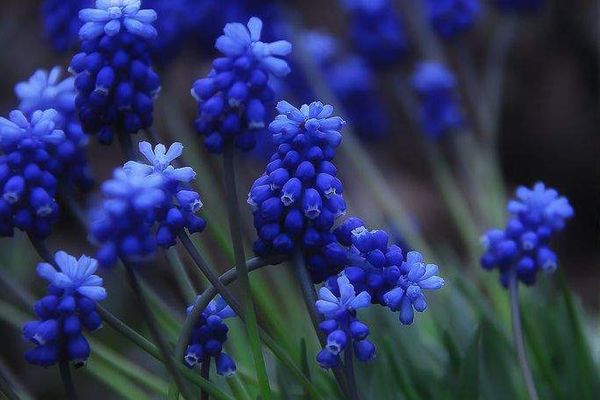
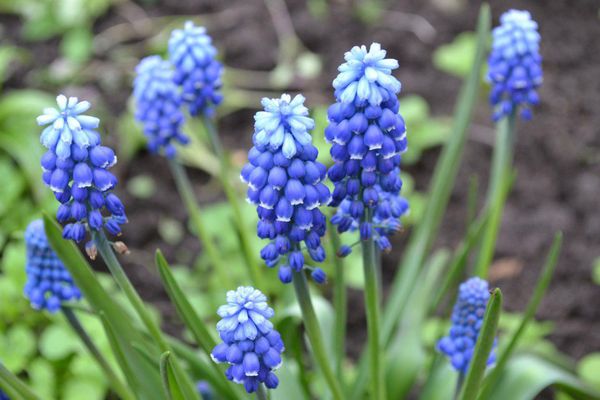


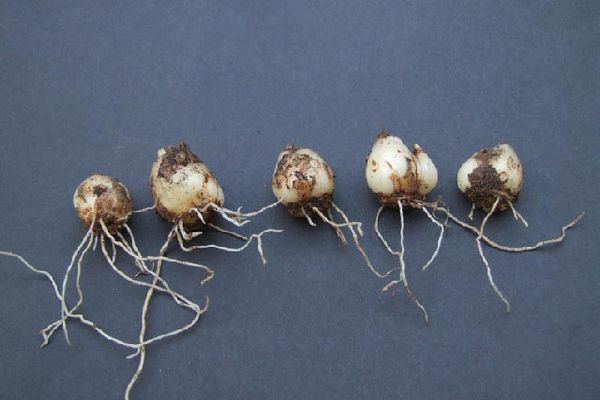
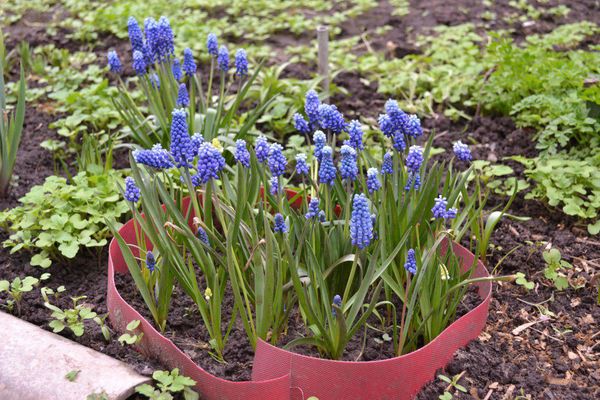
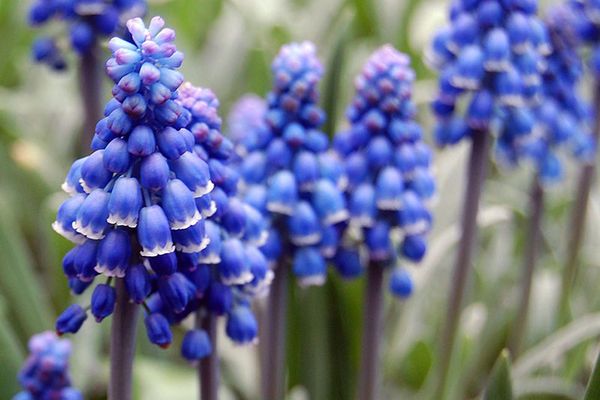
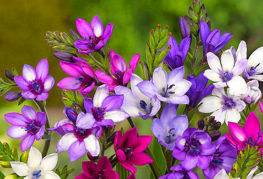
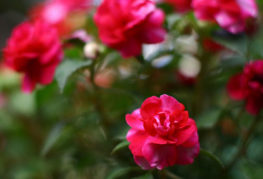
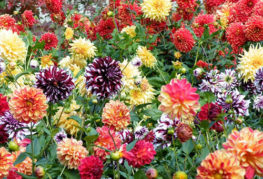
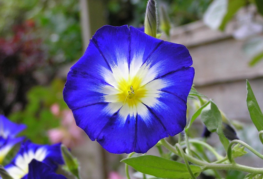
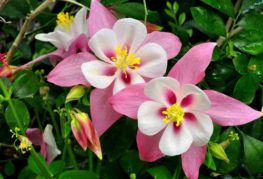
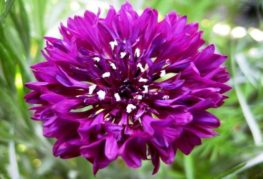
and will be published shortly.